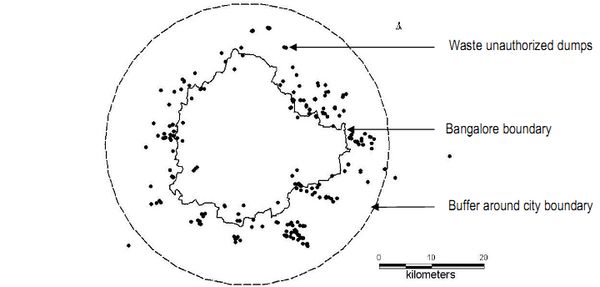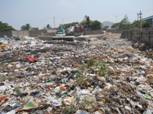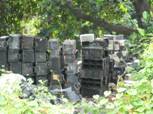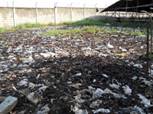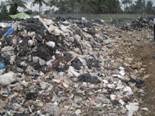Dr. T.V. Ramachandra
Centre for Sustainable Technologies,
Centre for
infrastructure, Sustainable Transportation and Urban Planning (C
iSTUP),
Energy & Wetlands Research Group, Centre for Ecological Sciences, Indian Institute of Science, Bangalore – 560 012, INDIA.
E-mail : cestvr@ces.iisc.ac.in
Tel: 91-080-22933099/23600985,
Fax: 91-080-23601428/23600085
Web: http://ces.iisc.ac.in/energy
Shwetmala
Energy & Wetlands Research Group, Centre for Ecological Sciences, Indian Institute of Science, Bangalore – 560012, India
E-mail:
shwetmala@ces.iisc.ac.in
HN Chanakya
Centre for Sustainable Technologies, Indian Institute of Science, Bangalore 560012, India
E-mail:
chanakya@astra.iisc.ac.in


